New experiment… Life beyond Comcast…
Today, I finally lost my freaking mind with respect to Comcast.
First of all, some background. I’ve have been a Comcast customer since 1999 when I moved into my house. For the most part, the service itself has been reasonably reliable and effective. I don’t have a lot of technical quibbles with them.
But their customer service makes me absolutely insane.
I am currently paying $269 a month (yeah, I know, right?) for a combination of Internet, TV, and phone (which I didn’t even want, but which was part of some “package” deal that was supposed to save me lots of money, that somehow never really materialized). I have mostly been ignoring it, but I finally decided that if I am paying nearly $3000 a year on television and Internet, I should review my priorities to reduce my bill since I pay for a lot of premium services that I probably don’t really need.
And here is where my irritation begins.
Because if you want to do that, you can’t do it online. In fact, other than determining that someone, somewhere signed me up for some package which has the label “HD XF Premier Bundle” and a somewhat mysterious “Additional Outlet Fee” for $39.00, it has no indication about what Internet speed limits can be be achieved, what channels are included or not included, and most importantly there is no way to actually determine what my options are. In fact, to make any changes to your service, that means talking to a service representative.
And here is where my absolute rage begins.
I hate losing my temper with people. I really do. I like to be easy going and polite. If someone is trying to help me, I try to help them help me. But Comcast service representatives are not there to help you. They are there to sell their package deals, which seem carefully constructed to be as opaque as humanly possible and to extract the maximum amount of money from you that they possibly can.
It’s infuriating, and today my fuse was admittedly short.
To be fair, I probably wasn’t fair. I wanted to a) review each of the charges on my bill and b) decide in each case whether the charge was appropriate, and what my options might be to change it. But the Comcast service representative literally could not do that. She insisted on trying to tell me that there was some other package, with some other price that she could sign me up for that would achieve some other price that was much cheaper. When I said that sounded better, she asked me whether I wanted to sign up for a “commitment” or not, and started explaining that if I signed up for a commitment, then I could not change my service for two years. And I am supposed to decide all of this without an actual itemization of the terms and conditions or even the services that were provided.
And I lost my freaking mind. Expletives were emitted. I was not a gentlemen. And then something that has never happened before, happened.
I had a customer service representative hang up on me.
So, I’m going to do something truly crazy: I’m ditching Comcast. Sonic.net has become available in my neighborhood, and they have more sensible packages available with Direct TV. I imagine that the service that I am going to get is a bit less speedy than Comcast, but I literally don’t care. I literally don’t care if Direct TV is better or worse than Comcast or even cheaper. I just no longer want to be a Comcast customer, and since it appears I don’t have to, I am not going to.
Voting with my feet. I’ll let you all know how it goes.

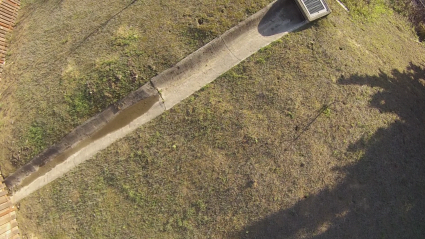
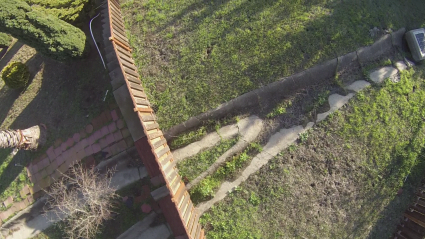


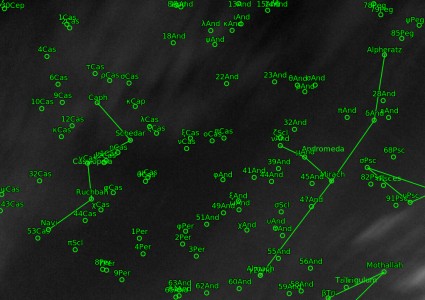


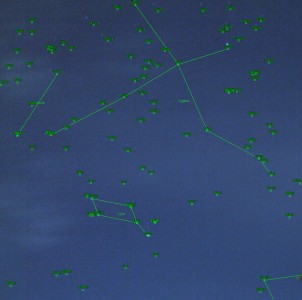

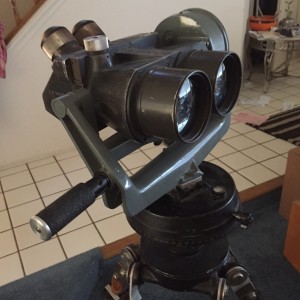
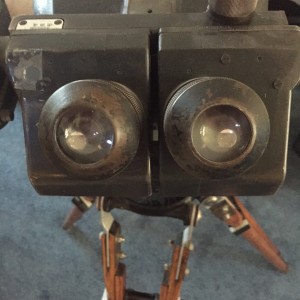
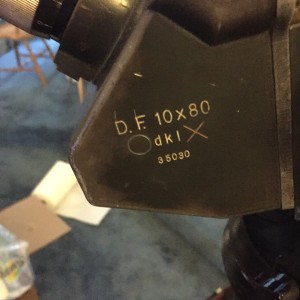

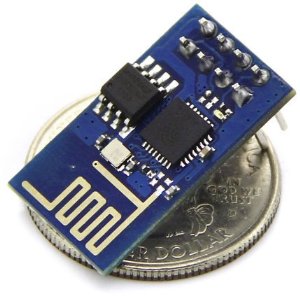
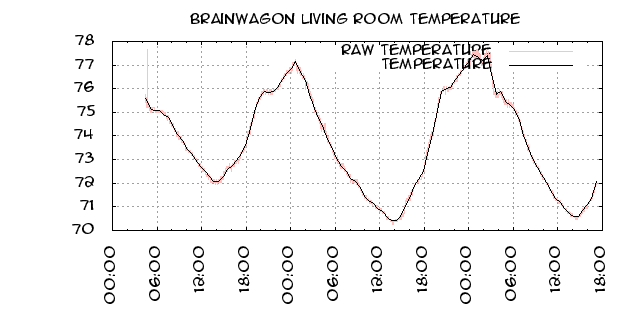

I recall burning three or four weeks of a sabbatical getting Saccade.com on the air with Wordpress. So much tweaking…